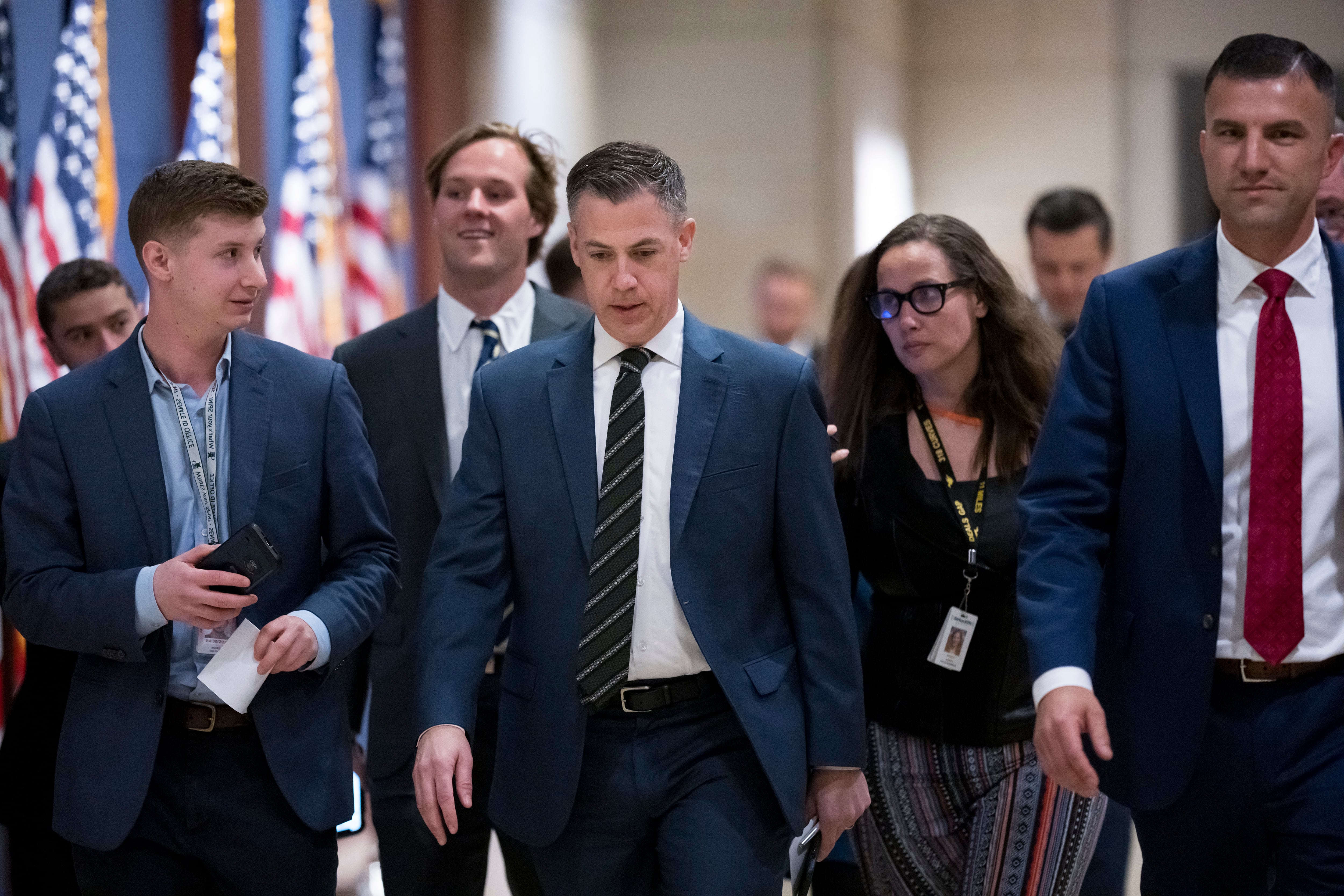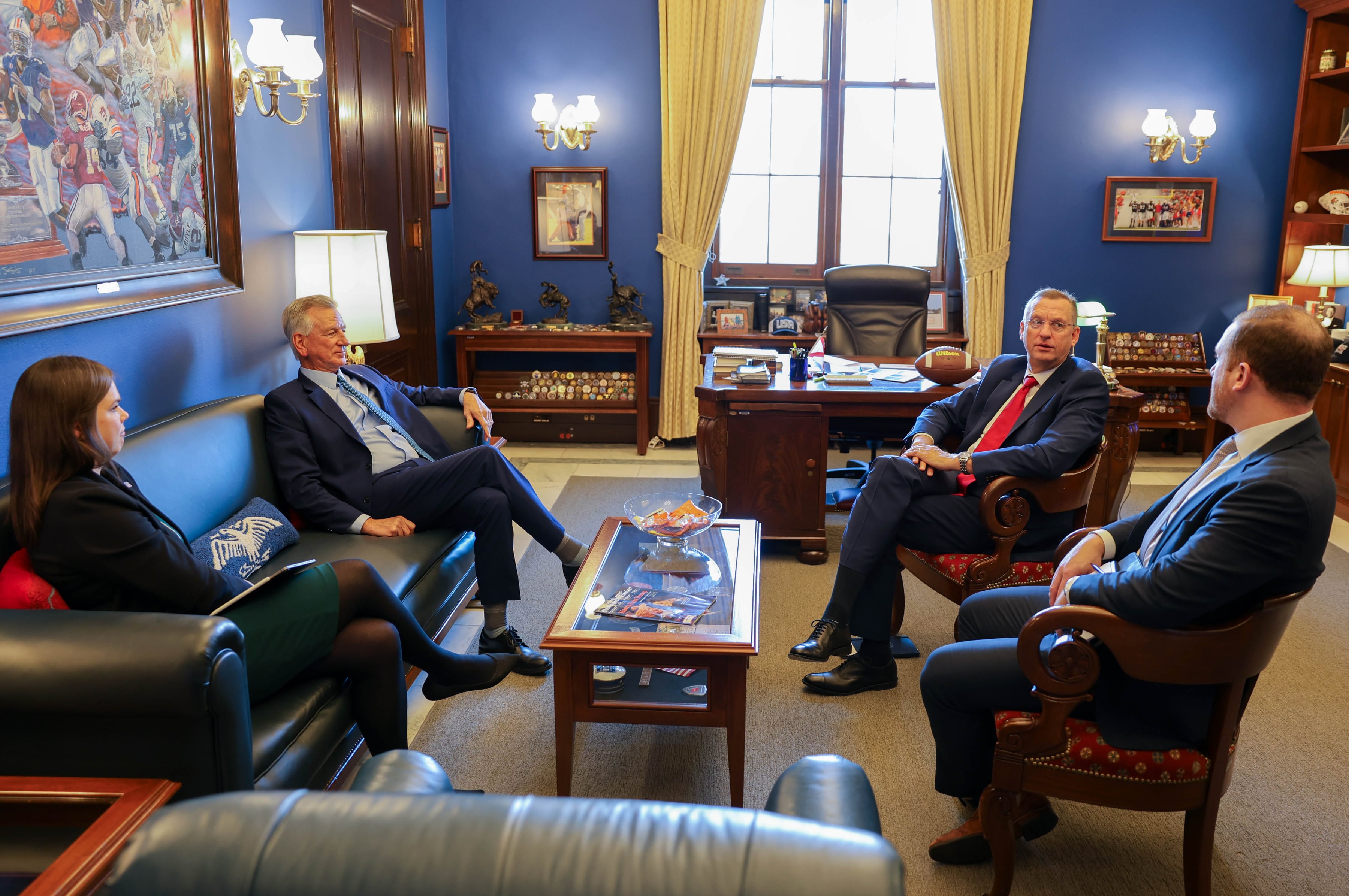The Veterans of Foreign Wars (VFW) launched a new social media campaign, #StillServing, earlier this month to showcase ways U.S. military veterans continue to serve the country and their local communities.
#StillServing seeks to highlight positive contributions of civic engagement, volunteerism and other forms of community-centered service, and the VFW hopes the hashtag campaign will encourage other veterans nationwide to share on social media “how they continue to answer the call to serve in ways big and small,” a press release stated.
“Veterans truly exemplify the best of America,” said William “Doc” Schmitz, VFW national commander, in the release. “They are dedicated to giving of themselves, and the skills and values they develop in the military only deepen their desire to better themselves, their communities and their country through service.”
One of those former service members who has positively influenced his local community is Javier Galvan, 31, who served in the Marine Corps as a sergeant.
Galvan, now a medical student at the University of California, San Francisco, wanted to provide mentorship opportunities for underserved and underrepresented youth from the Mission District of San Francisco.
With the help of his fellow medical students, Galvan launched Brain Camp, a free, week-long summer experience to familiarize local high school students with neurology, anatomy and psychology and to provide accessible college guidance.
“Since I benefited greatly from mentorship, I thought it was something I could do to give back to the community. I had never seen a Latino doctor, a doctor who looked like me,” Galvan told Military Times. “I thought that was also important: to work with these kids, to show them that there are people in the medical profession that look like them. If they wanted to reach that goal, they could certainly do it.”
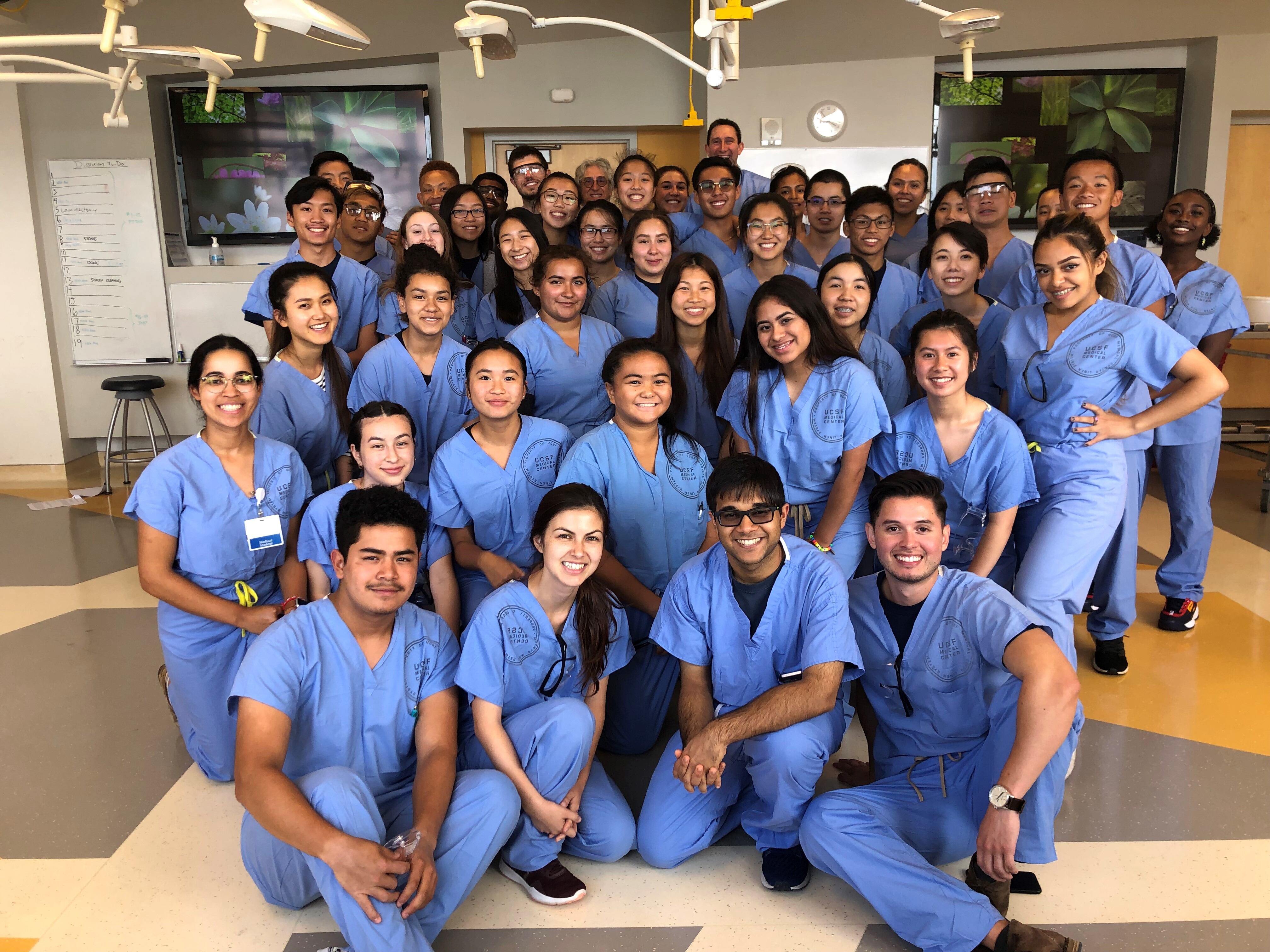
Galvan, who said he would have never imagined becoming a doctor when he first enlisted in the Marine Corps, now wants to explore mentorship opportunities for younger Marines transitioning out of the service.
“How do we target those that are recently getting out? To transition from being in the military to being a civilian is not an easy transition. Your entire life is planned out for you [in the military],” Galvan said. “Then you have to leave that structured environment for a completely unstructured environment. You might not know anybody who went to college, how to apply for financial aid, how to use your [Post-9/11] GI Bill.”
And Galvan is not alone in his contributions to his community following the conclusion of his military service.
Former Marine, Reinaldo “Ray” Guasp, Jr., 49, who served as a lance corporal in Task Force Ripper during the Persian Gulf War, was looking to leverage his military background beyond his civilian career in the medical devices business.
After supporting local responses during both Hurricane Sandy in the New York-area and Hurricane Harvey in Texas, Guasp founded Veterans Response, a nonprofit disaster relief and humanitarian aid organization.
“All those skills we learned in the military transfer right over to disaster response in this organization,” Guasp told Military Times. “It is a great vehicle to be able to put someone in an environment that they are accustomed to — mission-forward, mission-centric, focused and disciplined.”
“[Service] creates a balance in our life. It still keeps a foot in that world that we were once a part of, that we enjoyed, that brotherhood," Guasp added.
Since 2018, Veterans Response has worked alongside the Federal Emergency Management Agency (FEMA) and other nongovernmental organizations to distribute aid, assist in post-disaster recovery and provide potable water to local residents.
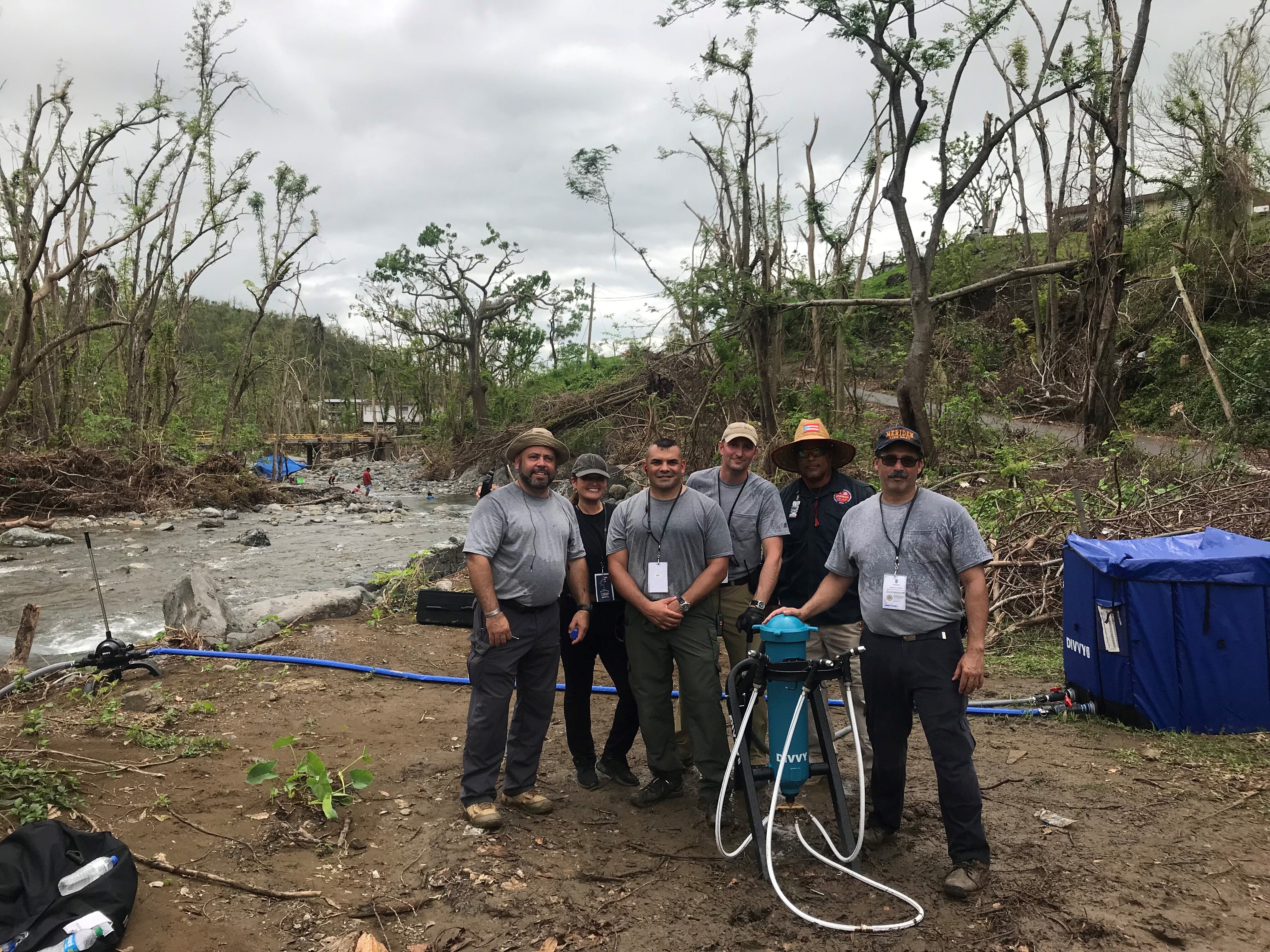
The all-volunteer organization has deployed to Puerto Rico after Hurricane Maria (where their mission lasted nearly two years) and the Bahamas after Hurricane Dorian.
To Guasp, the provision of aid to these communities is an example of veterans helping civilians as well as veterans helping other veterans.
“To be able to find one of these veteran-centric organizations where people understand you, understand the position you are coming from and can speak to you in the same language, it’s amazing,” Guasp said. “It’s not any one organization that’s going to provide the ‘silver bullet’ solution. It takes veterans supporting veterans: to be a part of something that is larger than themselves, to provide veterans with a sense of pride, of continuing service.”
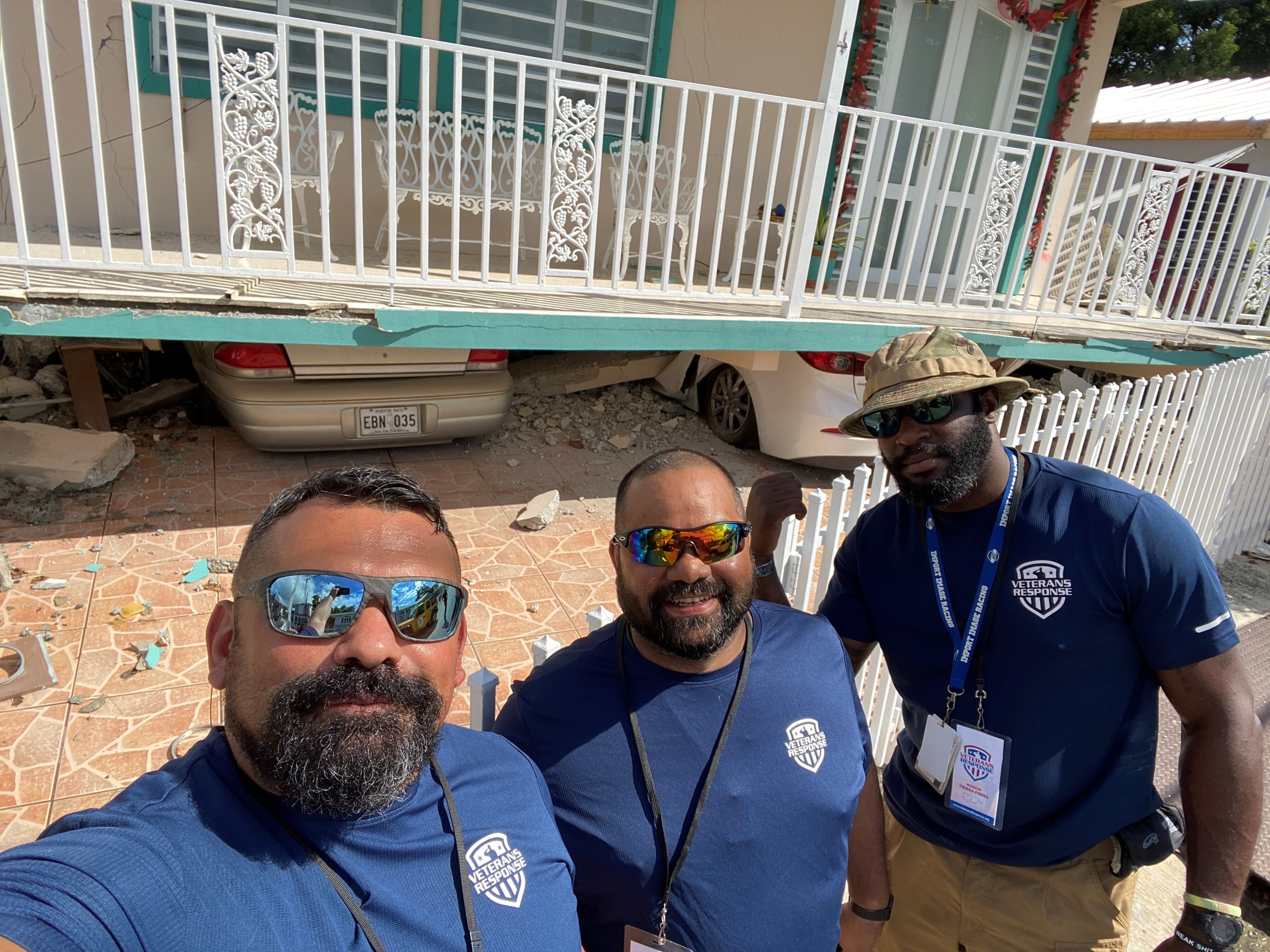
To this end, Guasp is planning an upcoming veterans retreat in Connecticut to continue the organization’s impact beyond disaster relief.
“We don’t like to look at it as losing 22 [veterans per day to suicide]. We want to look at it as adding to the 78," Guasp said. “We want to take that 22 and make it 21, move it from 78 to 79. We want [the veterans] to leave the retreat with a phone number and a network to talk to, if the time comes when they need it."
The launch of the VFW’s campaign, #StillServing, follows a 2018 report from the Corporation for National & Community Service, which showed that veterans “volunteer 25 percent more time [per year], are 17 percent more likely to make a monetary donation and are 30 percent more likely to participate in local organizations than the civilian population,” according to the VFW release.
To find instructions to share your own #StillServing story, visit the campaign’s website.
Dylan Gresik is a reporting intern for Military Times through Northwestern University's Journalism Residency program.



